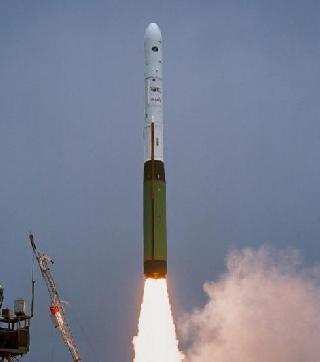
CAMBRIDGE (BNS): Supermassive black holes increase in size by ripping apart double-star systems and swallowing one of the stars, according to a new research.
Astronomers at the University of Utah and Harvard-Smithsonian Center for Astrophysics conducted the research based on the 2005 discovery of 'hypervelocity stars' by CfA astronomers.
Hypervelocity stars originate from a binary star system that wanders too close to the Milky Way's central black hole.
Tidal forces capture one star and eject the other. The star that is captured into orbit around the black hole later becomes fodder for the galactic monster.
"We put the numbers together for observed hypervelocity stars and other evidence, and found that the rate of binary encounters (with our galaxy's supermassive black hole) would mean most of the mass of the galaxy's black hole came from binary stars," said lead author Benjamin Bromley of the University of Utah.
"We estimated these interactions for supermassive black holes in other galaxies and found that they too can grow to billions of solar masses in this way."
The new study looked at each step in the process of a supermassive black hole eating binary stars, and calculated what would be required for the process to match observations.
Their simulations accurately predicted the rate at which hypervelocity stars are produced (one every 1,000 to 100,000 years). The theory also fit the rate of "tidal disruption events" observed in other galaxies, which happen when stars are shredded and pulled into supermassive black holes.
Their theory shows that the Milky Way's supermassive black hole has doubled to quadruple in mass during the past 5 billion to 10 billion years by eating stars, according to the study published in the Astrophysical Journal Letters.
"When we look at observations of how stars are accumulating in our galactic centre, it's clear that much of the mass of the black hole likely came from binary stars that were torn apart," said Bromley.
 Previous Article
Previous Article Next Article
Next Article












The Indian Air Force, in its flight trials evaluation report submitted before the Defence Ministry l..
view articleAn insight into the Medium Multi-Role Combat Aircraft competition...
view articleSky enthusiasts can now spot the International Space Station (ISS) commanded by Indian-American astr..
view article